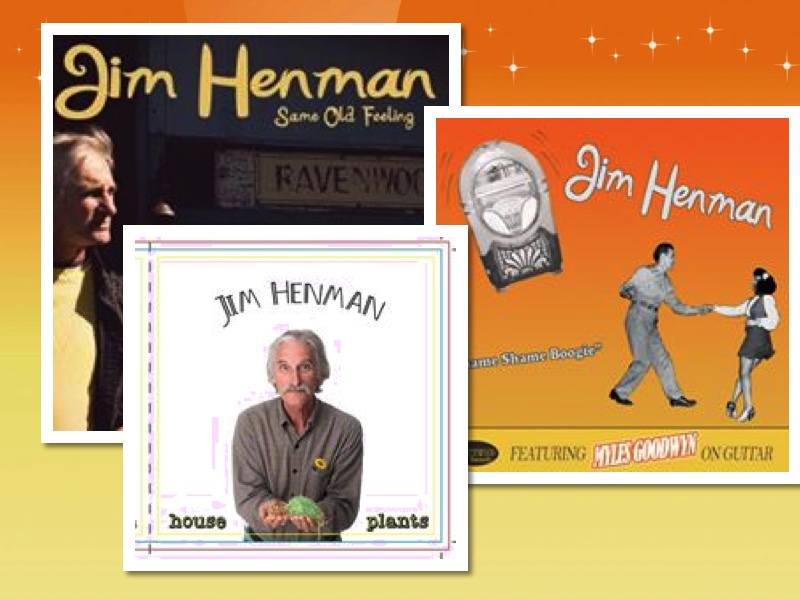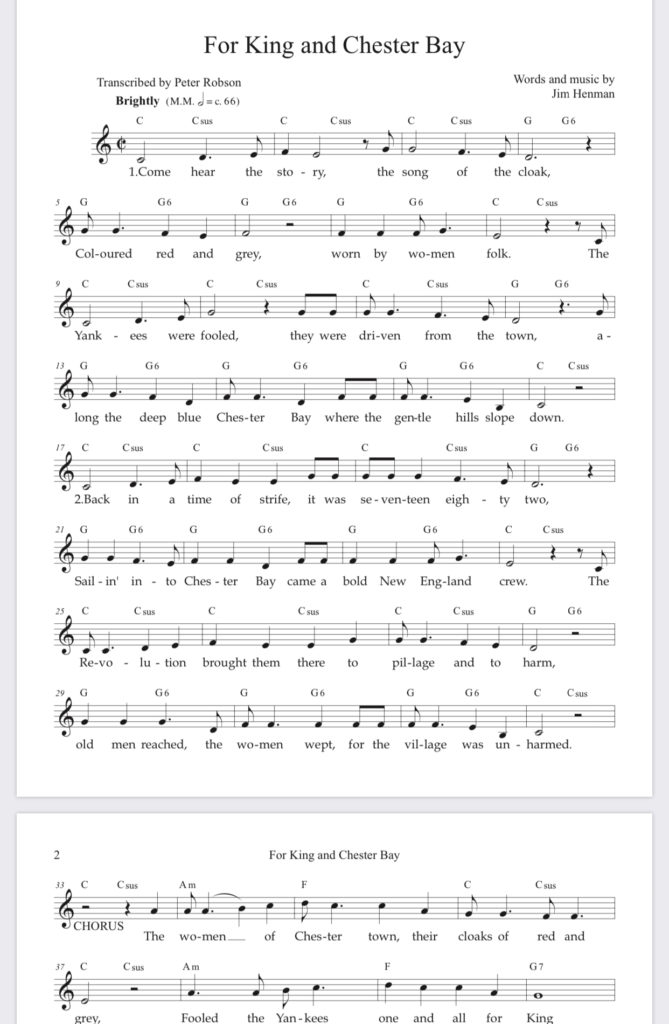My last studio cd was a group of songs co-written by members of house concerts I had played in Nova Scotia , New Brunswick, Quebec and Ontario . Finished it up in an old cottage on the Eastern Shore of NS while looking at the ocean. These songs have been around. https://www.amazon.com/House-Plants-Jim…/dp/B01CBIG4US…
I ASKED WHY???The Decline of CD Sales: Understanding the Crisis and Exploring Solutions for Artists
In the past 10 to 15 years, the music industry has undergone a seismic shift, with CD sales plummeting at an alarming rate. What was once a primary revenue stream for artists has now become a shadow of its former self. But what’s driving this decline, and what can artists do to adapt? Let’s explore the reasons behind the downturn in CD sales and the potential strategies musicians can use to stay relevant in today’s digital age.
Why CD Sales Have Declined
The most significant factor contributing to the decline in CD sales is the meteoric rise of streaming services. Platforms like Spotify, Apple Music, and Amazon Music have completely transformed how we listen to music. The convenience of accessing millions of songs instantly, without the need for physical storage, has made streaming the preferred choice for many listeners. With subscription models offering unlimited music for a low monthly fee, the appeal of purchasing individual CDs has significantly diminished.
Digital downloads also played a role in this shift. While they, too, have seen a decline as streaming has taken over, platforms like iTunes initially diverted consumers away from physical media. On top of that, music piracy, though less prevalent now, was a major issue in the early 2000s and further eroded CD sales.
Consumer behavior has evolved, particularly among younger generations. Today’s music lovers are more inclined to discover and listen to music online rather than purchasing physical albums. The closure of many record stores and the shift to online shopping have further reduced the visibility and availability of CDs.
Environmental concerns have also influenced consumer choices. As awareness of the environmental impact of producing and disposing of CDs and their packaging grows, some consumers are opting to avoid physical media altogether.
Comparing CD Sales, Album Sales, and Streaming
To fully understand the landscape, it’s helpful to compare the different ways music is consumed today:
- CD Sales: CD sales have nosedived over the past decade, dropping by more than 90% since their peak in the late 1990s. Today, CDs account for only a small fraction of total music revenue.
- Album Sales: While physical album sales (including both CDs and vinyl) have declined, vinyl has experienced a resurgence. Vinyl records are now a niche product, appealing to collectors and audiophiles, but their sales don’t come close to the golden era of CDs.
- Streaming: Streaming is now the dominant force in the music industry, making up over 80% of total music revenue. However, artists often earn only a fraction of a cent per stream, which can make it challenging to generate significant income from streaming alone.
- Satellite Radio: Though not as widespread as streaming, satellite radio services like SiriusXM provide another revenue stream for artists. This medium offers curated content and has a dedicated following, particularly among certain demographics.
What We Artists Can Do to Adapt
Given the decline of CD sales, artists need to be proactive and explore alternative revenue streams and strategies:
- Diversify Revenue Streams:
- Merchandising: Bundling CDs with exclusive merchandise can entice fans to purchase physical products. Offering something unique, like autographed items or limited edition packages, adds value.
- Live Performances: Selling CDs at live gigs can be effective, as fans attending these shows are more likely to buy as a memento of the experience.
- Fan Subscriptions: Platforms like Patreon allow artists to offer exclusive content, including physical releases, to subscribers, creating a steady revenue stream.
- Leverage Streaming:
- Streaming doesn’t have to be the enemy. By engaging with fans on social media and promoting our music through playlists, drive up streaming numbers and gain visibility on these platforms.
- Consistent engagement with our audience can also help boost our presence in algorithms, making our music more discoverable.
- Embrace Vinyl and Limited Editions:
- Consider releasing our music on vinyl or as high-quality CDs in limited quantities. These can be marketed as premium products, appealing to collectors and dedicated fans.
- Crowdfunding:
- Crowdfunding can be a powerful tool. By involving our fans in the creation process, we can ensure there’s a demand for your physical releases and foster a stronger connection with our audience.
- Niche Marketing:
- Target specific audiences who value physical media, such as audiophiles or fans of genres that prioritize high-fidelity sound. Tailored marketing efforts can help reach these niche groups.
- Direct-to-Fan Sales:
- Build a direct sales strategy through our website or platforms like Bandcamp, where one can offer exclusive deals and have greater control over pricing.
The decline in CD sales is just one aspect of the broader transformation in the music industry. While it presents challenges, it also opens up new opportunities for us artists willing to adapt. By diversifying revenue streams, leveraging new technologies, and maintaining a strong connection with fans both on the web, and at live shows, we artists can continue to survive despite the changing landscape.












